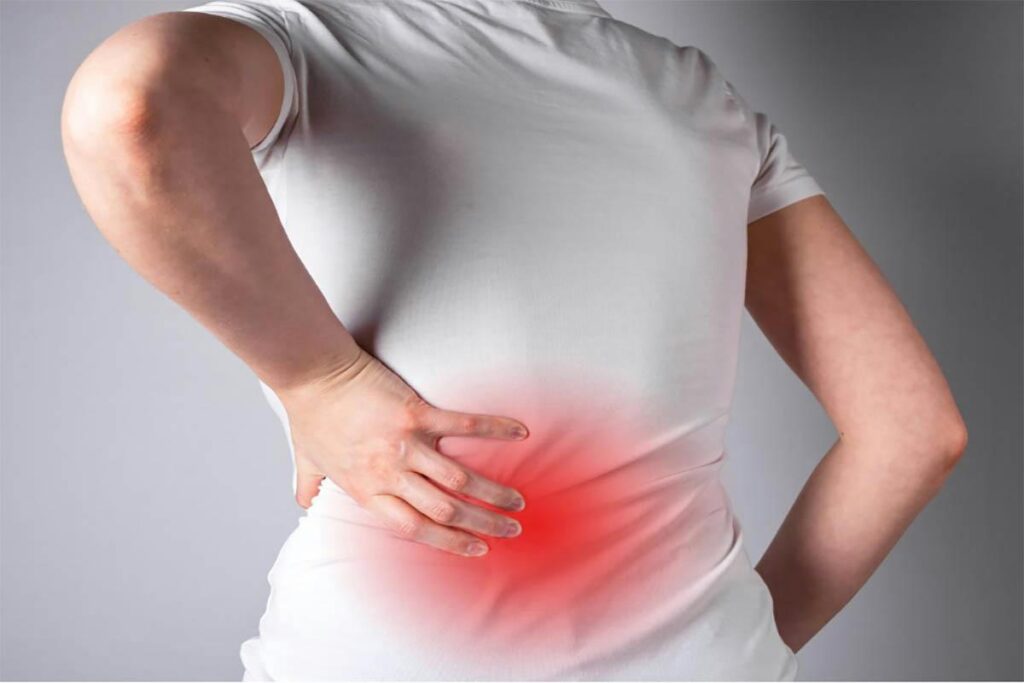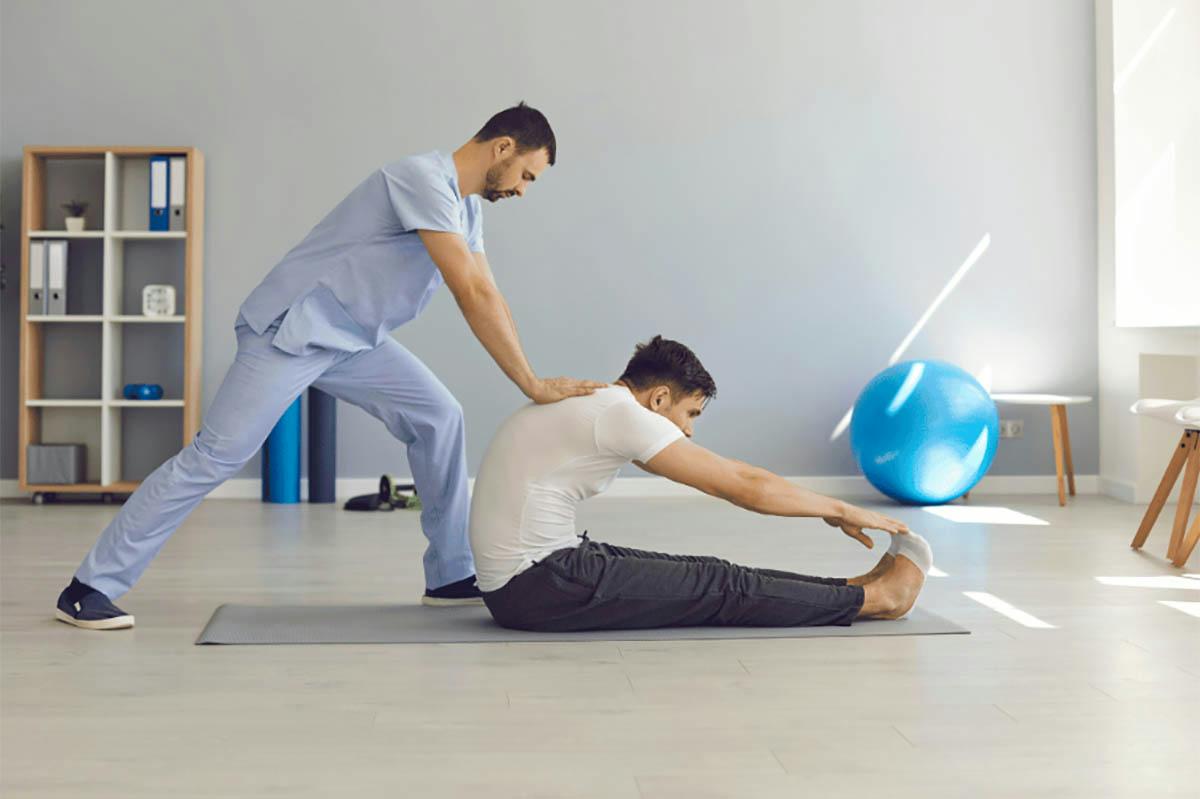
Introduction
Back pain is a pervasive issue affecting millions worldwide, significantly impacting their daily lives. Whether it’s a dull ache or sharp discomfort, back pain can hinder routine activities, making it crucial to explore effective solutions such as consulting a physical therapist for back pain. One such solution gaining prominence is Scottsdale physical therapy.
Impact of back pain on daily life
Back pain can disrupt everyday activities, affecting everything from work to leisure. Mundane tasks like sitting at a desk or bending down to tie shoelaces can become excruciating.
Research published in the Annals of Translational Medicine reveals that 7.5% of the global population experiences low back pain.
Understanding the impact of back pain underscores the importance of seeking effective treatment.
Causes Of Back Pain
Back pain can result from various factors, each playing a role in the discomfort individuals experience. Here’s a list of common contributors:
Poor Posture: Prolonged sitting or standing with improper alignment can strain the spine, leading to persistent back pain.
Muscle Imbalances: Sedentary lifestyles or engaging in repetitive activities without proper conditioning can create imbalances that strain the back.
Herniated Discs: When the soft tissue between vertebrae protrudes, it can exert pressure on nerves, causing localized or radiating pain.
Injuries: Accidents, falls, or sports-related incidents can result in strains, sprains, or fractures, contributing to back pain.
Benefits of Physical Therapy for Back Pain
Pain Reduction and Management

Physical therapy is dedicated to providing pain relief, aiming to ease chronic pain through focused exercises and manual techniques. Therapists collaborate with patients to effectively manage pain levels and enhance overall comfort.
Improved Range of Motion and Flexibility
Led by movement experts, physical therapy not only enhances flexibility and range of motion but also encourages physical activity, addressing stiffness and tight muscles. This promotes a more fluid, pain-free movement, contributing to an active and healthier lifestyle.
Strengthened Core and Back Muscles
Targeted exercises play a vital role in addressing chronic back pain by strengthening core and back muscles, offering crucial support to the spine, and reducing the likelihood of future discomfort. Specifically focusing on core muscles, these exercises provide long-term relief and improved spinal health.
Enhanced Balance and Coordination
Physical therapy incorporates exercises to enhance balance and coordination, crucial for daily living. These exercises prevent falls and minimize the risk of further injuries, promoting a safer and more active lifestyle.
Reduced Risk of Re-injury
By determining the underlying causes of back pain, physical therapy not only promotes long-term relief but also significantly reduces the risk of future injuries, enabling individuals to engage in normal activities with greater confidence.
Improved Posture and Movement Patterns
Therapists work with patients to correct posture and movement patterns, preventing strain on the spinal cord and supporting a healthier back. This targeted approach also alleviates neck pain, promoting overall spinal well-being.
The Treatment of Back Pain

When treating back pain, a multi-faceted approach is crucial for success. Physical therapy for lower back pain takes a holistic perspective, integrating various strategies to address the root causes, alleviate discomfort, and cater to specific medical conditions.
- Holistic Approach: Physical therapists examine symptoms and underlying factors like posture, muscle strength, joint flexibility, and movement patterns to craft a personalized treatment plan tailored to everyday life.
- Education on Body Mechanics: Physical therapists teach proper body mechanics, offering guidance on lifting, sitting, standing, and moving to minimize spinal strain. Simple daily adjustments can significantly reduce back pain.
- Progress Monitoring: Regular assessments monitor progress, allowing adjustments to the treatment plan for tailored care, which is especially crucial for addressing musculoskeletal conditions and considering alternative treatments, maximizing long-term relief.
How to Prevent it?
Preventing back pain is a proactive endeavor involving adopting a healthy lifestyle and incorporating mindful practices. Understanding and implementing preventive measures can significantly reduce the risk of back pain. Here’s a more detailed exploration:
Regular Exercise: Participate in a consistent exercise routine that incorporates exercises to strengthen your core and includes aerobic activities such as walking or swimming.
Proper Ergonomics: Optimize workspaces with guidance from a physical therapist for better posture and reduced strain on the spinal column.
Body Mechanics Awareness: Practice mindful techniques, including lifting heavy objects with care, sitting with a neutral spine, and taking breaks to prevent strain during daily activities.
Weight Management: Maintain a healthy weight through a balanced diet and regular exercise, guided by a physical exam, to reduce stress on the spine.
Stress Management: Manage stress through techniques like mindfulness and relaxation exercises, incorporating behavioral therapy to alleviate physical tension.
Common Physical Therapy Techniques for Back Pain

Nearly half of patients, precisely 46%, seek physical therapy for issues related to back pain and injuries. Physical therapists employ diverse techniques to address back pain, tailoring their approach to individual needs for optimal results and emphasizing the purpose of physical therapy.
Therapeutic Exercises
Targeted exercises are pivotal in strengthening core and back muscles, promoting flexibility, and improving overall body mechanics. A study shows that out of the subjects, 199 (12.6%) mentioned seeing a physical therapist, either referred by a provider or through direct access, with therapeutic exercise being the most commonly reported treatment.
Stretching
Incorporating stretching routines not only enhances flexibility and alleviates muscle tightness but also improves joint mobility. Therapists, including those specializing in manual therapy, prescribe targeted stretches focusing on tension-prone areas, contributing to overall relief.
Massage
Manual techniques, including massage, are utilized to alleviate muscle tension, enhance blood circulation, and promote relaxation. Massage is personalized to address specific areas of discomfort, complementing other aspects of the treatment plan.
Modalities – Heat and Ice Therapy
Applying heat and ice therapy is a common modality in physical therapy. Heat helps relax muscles and improve blood flow, while ice reduces inflammation and numbs the affected area. These modalities are strategically used based on the nature of the back pain and the individual’s response to treatment.
Electrical Stimulation
In some cases, electrical stimulation may be employed to modulate pain signals, reduce muscle spasms, and promote healing. This non-invasive technique enhances the overall effectiveness of the treatment plan.
Visit at Scottsdale Physical Therapy and Performance
If back pain persists or worsens, it’s crucial to seek professional help. Consulting a physical therapist early can prevent the development of chronic issues and expedite the recovery process.
Scottsdale Physical Therapy and Performance offers specialized care for back pain, combining expertise with a patient-centered approach. Our team of expert therapists is committed to assisting individuals in recovering mobility and leading lives free from pain.
Athletes, in particular, find tailored solutions at Scottsdale Physical Therapy and Performance. For sports enthusiasts, experience physical therapy benefits for athletes, particularly correcting golf swing faults.
Conclusions
Physical therapy for back pain provides a proactive and effective approach to address the challenges posed by this common ailment. By targeting the root causes and promoting overall spine health, individuals can experience lasting relief and improved quality of life.
FAQs
Q1: How do I know if my back pain is a disc or muscle?
A1: Consulting with a healthcare professional, such as a physical therapist, can help diagnose the specific cause of your spinal pain through a thorough examination and, if necessary, imaging studies. This comprehensive approach ensures you receive the appropriate medical care for your condition.
Q2: What is the first aid treatment for back pain?
A2: Initial treatments for back pain, often considered first-line treatments, may include rest, ice or heat application, and over-the-counter pain medication. Yet, it is crucial to seek guidance from a medical professional for an accurate diagnosis and a personalized treatment plan, potentially incorporating physical therapy interventions.
Q3: How do I know if my back pain is serious?
A3: Persistent or intense back pain, particularly when accompanied by symptoms like numbness or weakness, requires immediate medical attention. A healthcare professional can evaluate the severity of your condition, consider any functional limitations, and suggest suitable interventions and medical treatments to alleviate the pain. This guidance enables a more comfortable return to your daily activities.








